#Gocta
Explore tagged Tumblr posts
Text
Chachapoyas and the way to Gocta Falls (4/?)

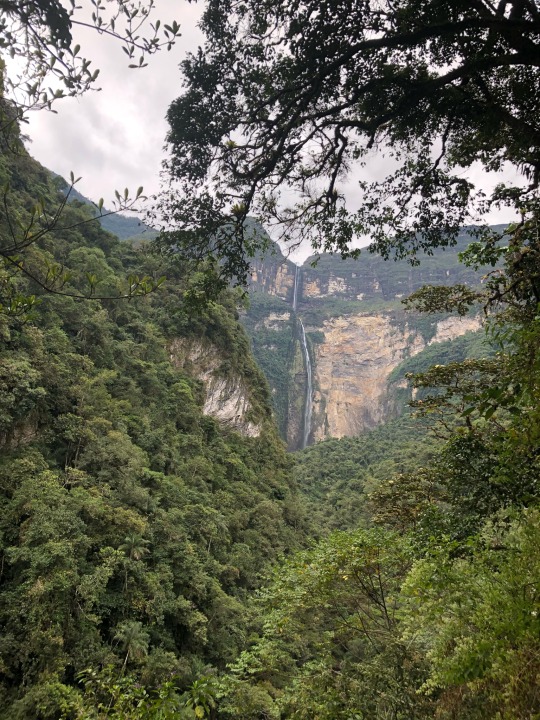


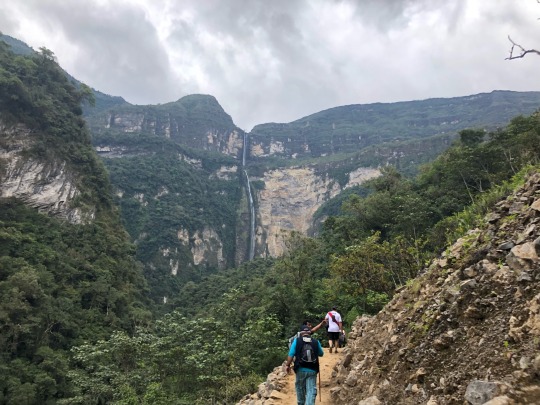
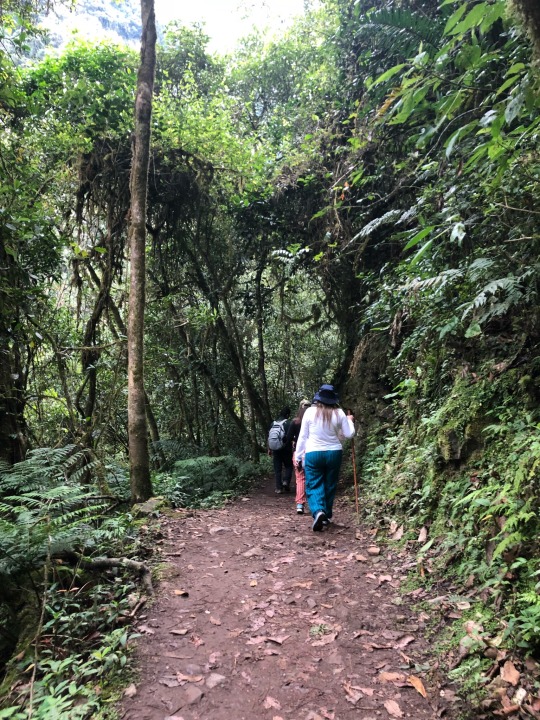

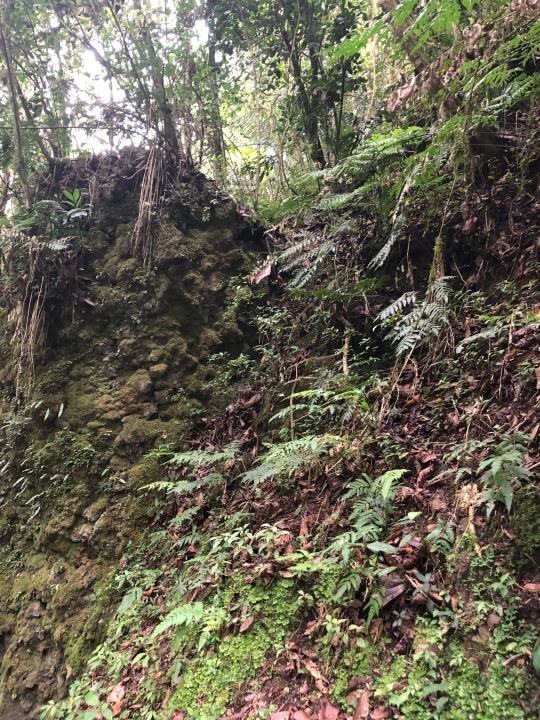
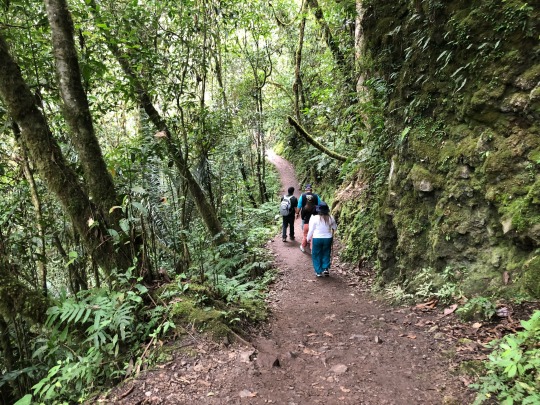
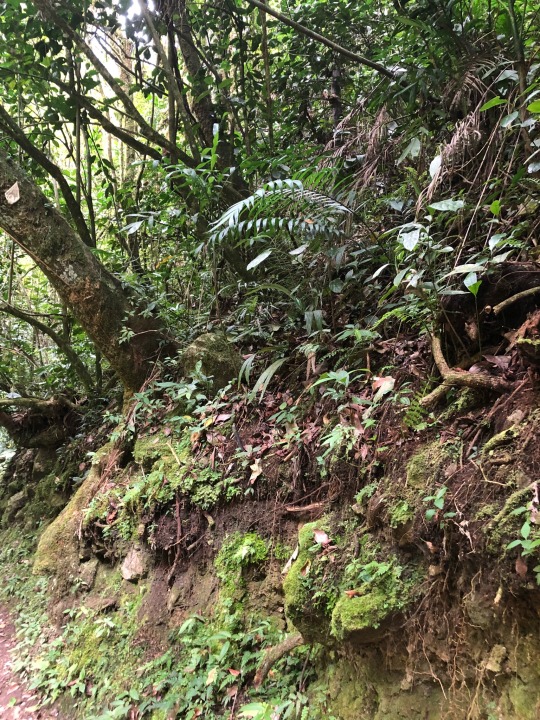
#photography#nofilter#photoset#photo#no filter#travel#mountains#mountainscape#mountain scenery#perú#amazonas#amazon#chachapoyas#gocta#Gocta falls#hiking#nature#green#waterfalls#naturescape
57 notes
·
View notes
Text
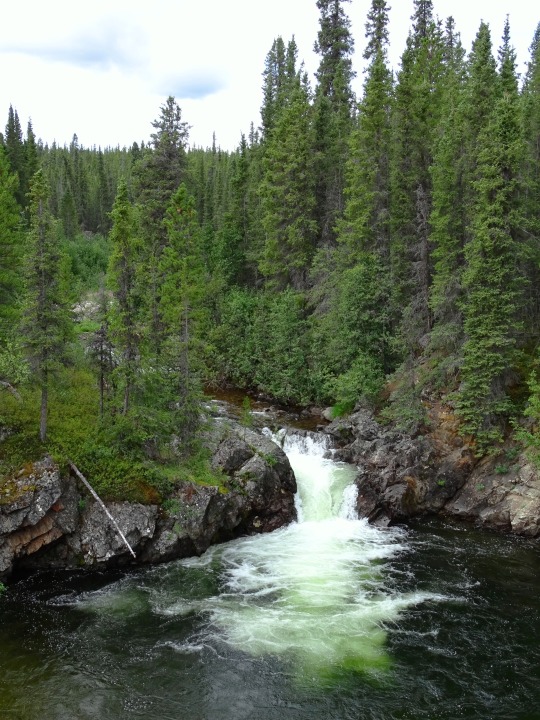
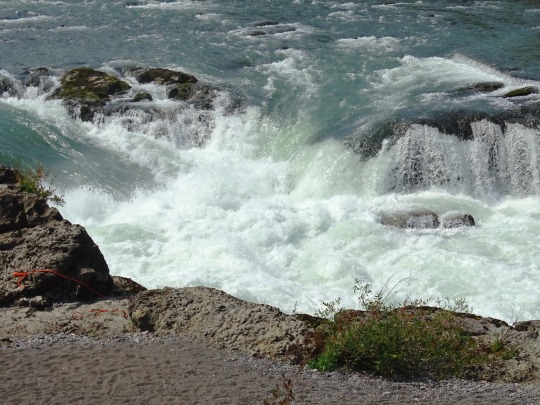
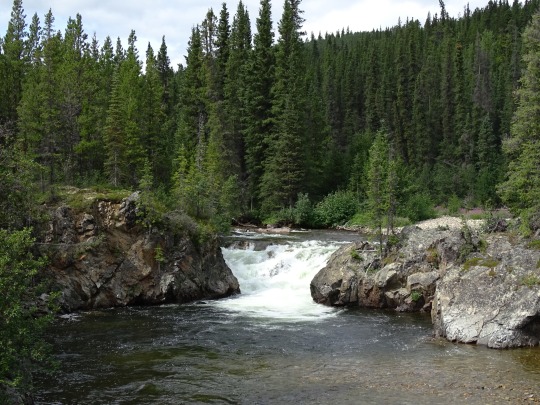
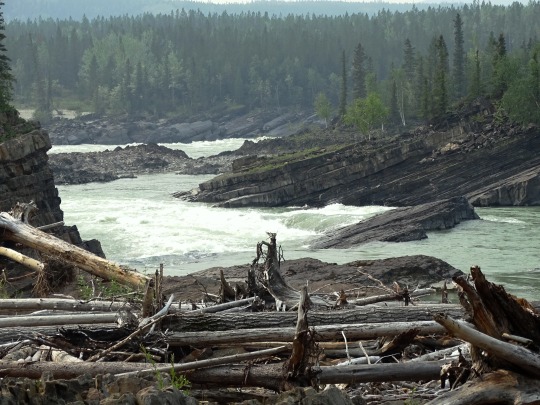
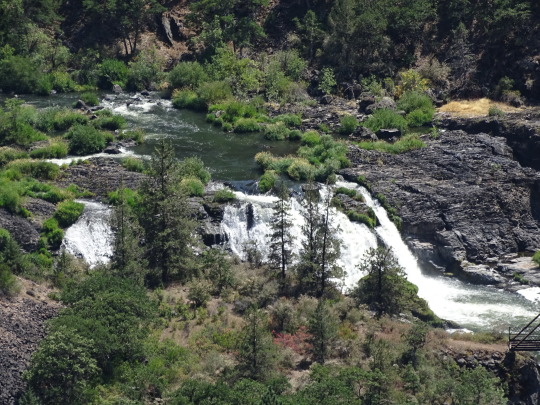
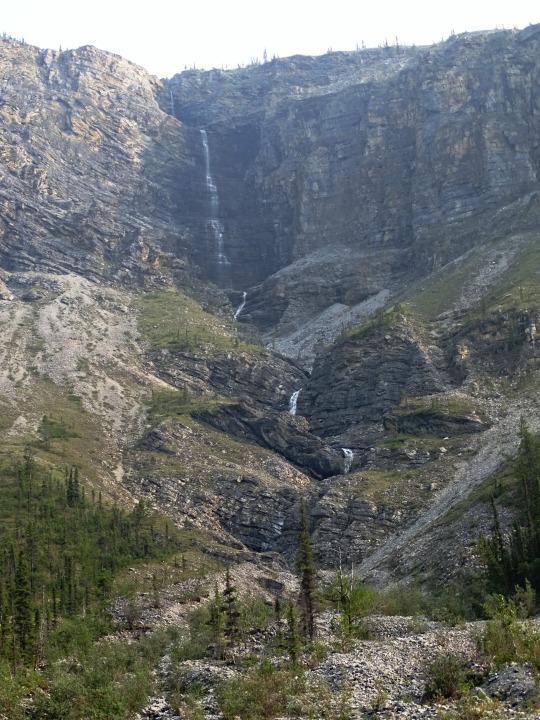
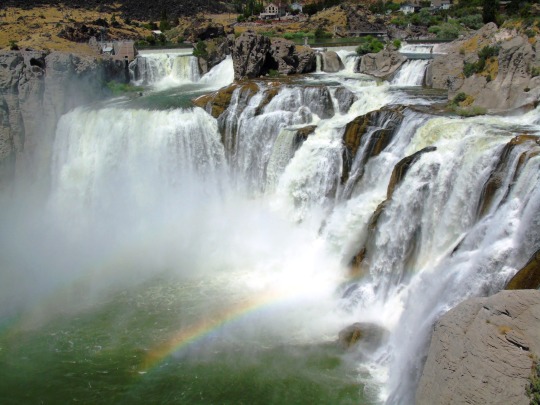
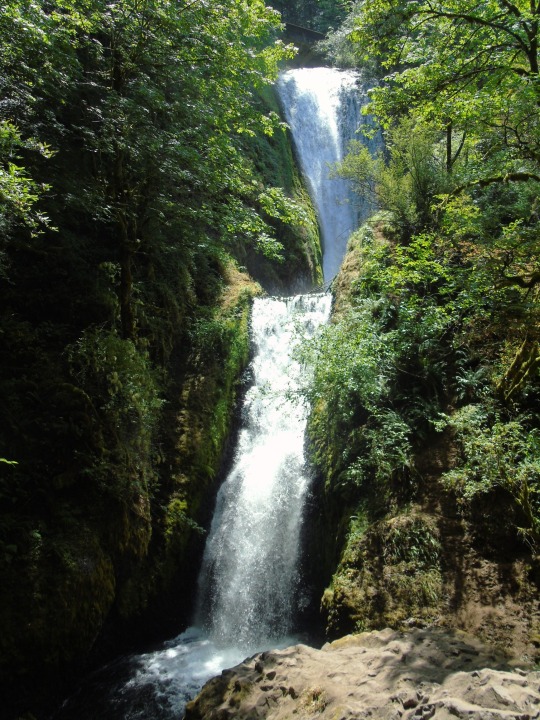
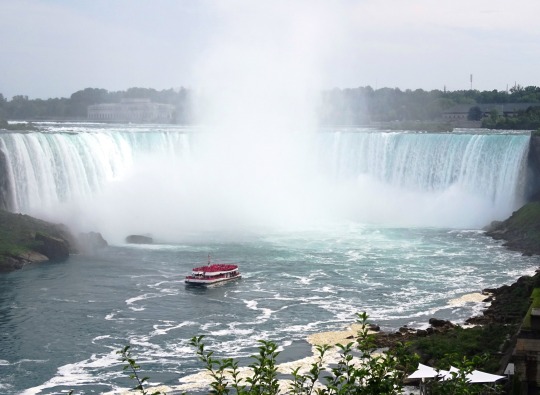
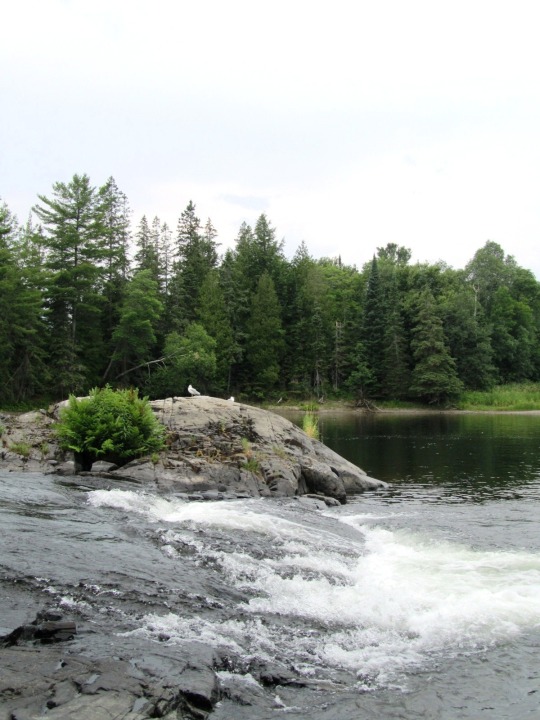
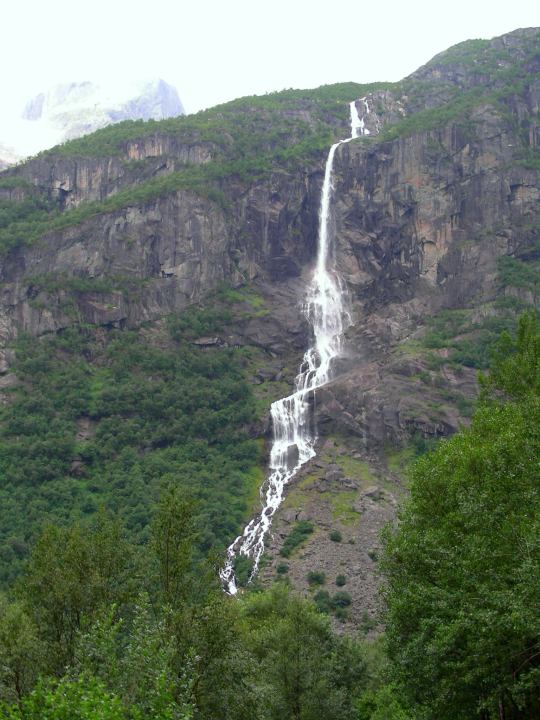
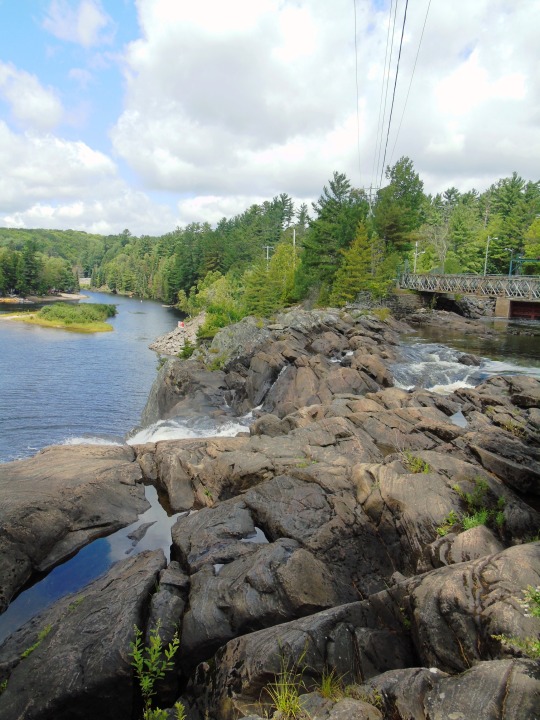
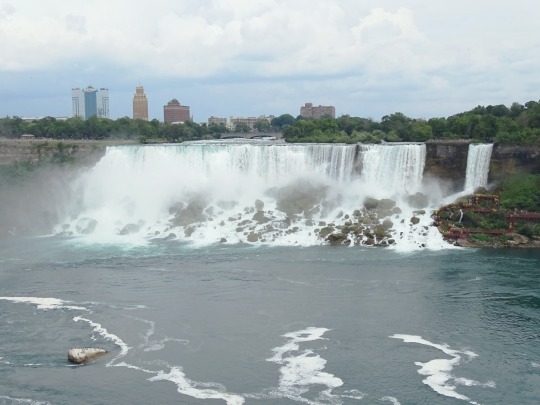
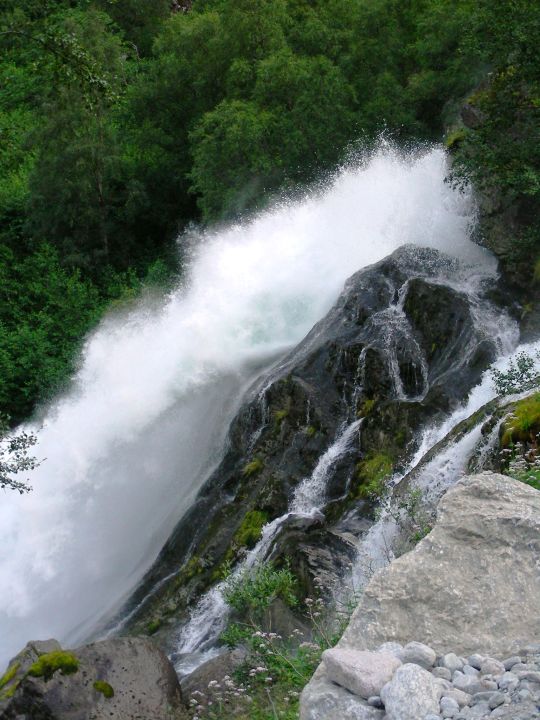


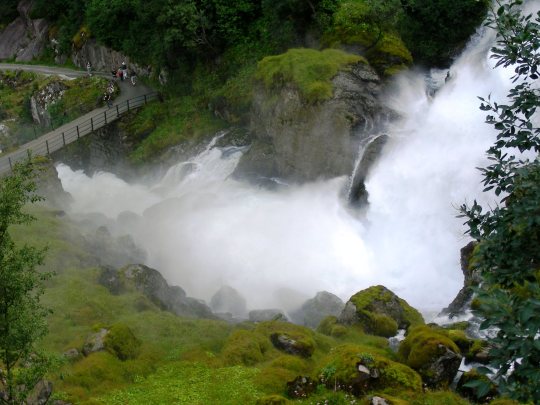
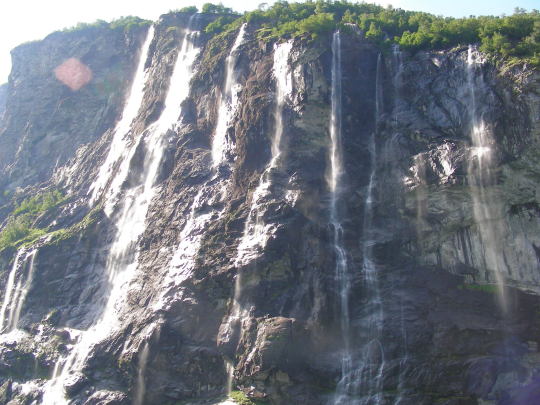
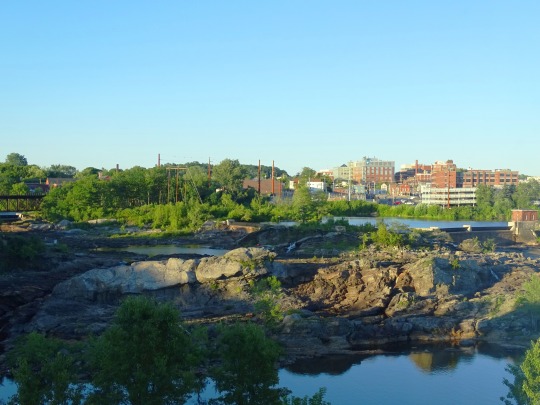
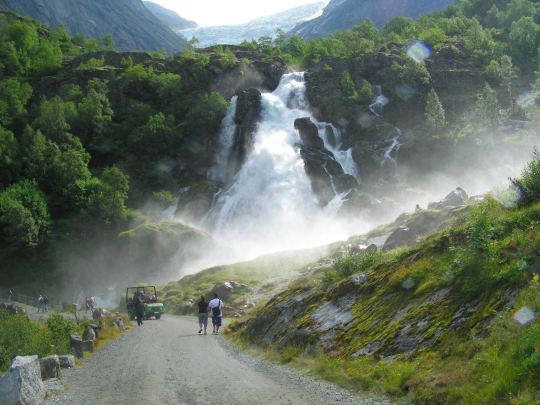
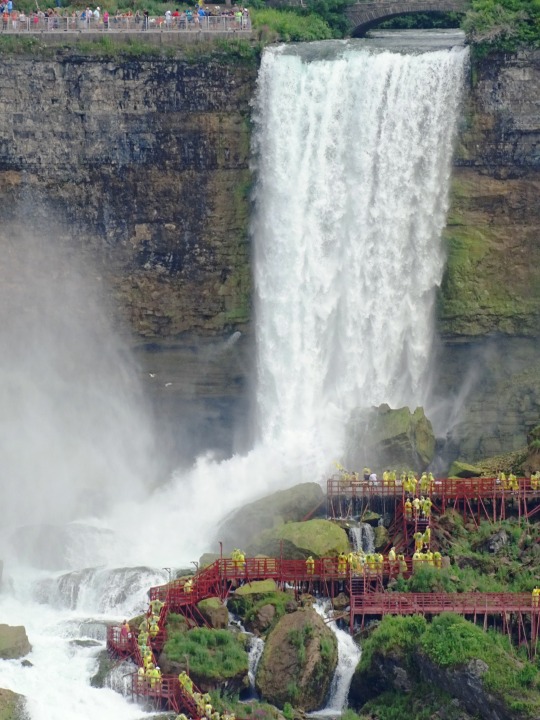
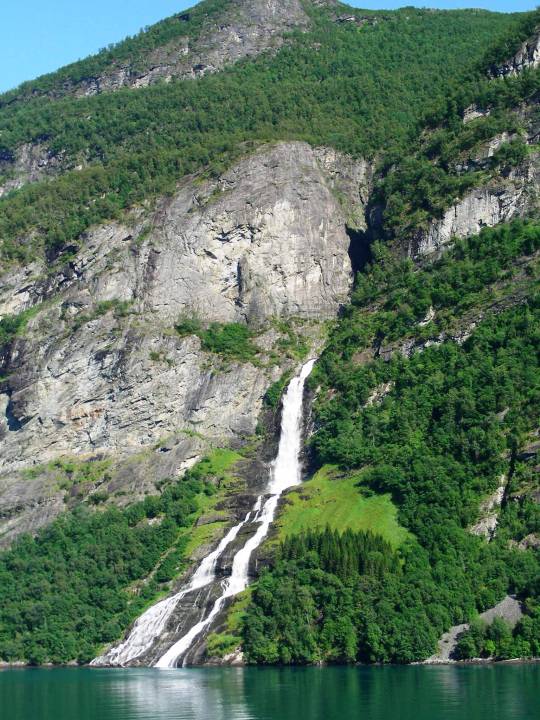
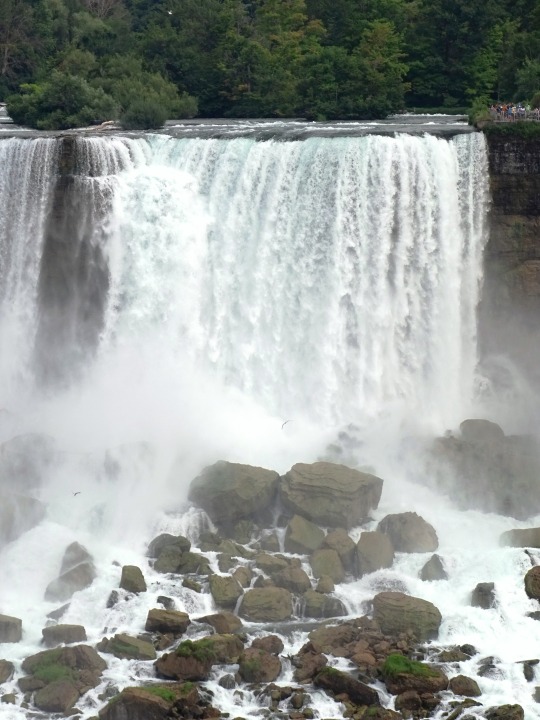
International Water Fall Day
International Waterfall Day is celebrated every year on June 16 to celebrate these magnificent and scenic beauties. Waterfalls are found all around the world and are incredibly important to the local communities living around them. The cascade of water is not just a wonder for the eyes but they also have a majestic quality to them that’s indescribable. Imagine trekking for miles, drenched in sweat and beaten down by the sun, only to finally walk through a clearing and look up at the sky to see what looks like water pouring from the heavens.
History of International WaterFall Day
A waterfall is usually defined as a point in a river where the water flows over a steep drop. As there are many types and methods used to classify waterfalls, what constitutes a waterfall continues to be debated. Despite being such an important part of human lives and history, waterfalls have not been very much researched, although Alexander von Humboldt did write about them in the 1820s. There is no name for the specific field of researching waterfalls but it is popular to describe studying waterfalls as ’waterfallology.’
European explorers used to document the waterfalls they came across. In 1493, Christopher Columbus wrote about Carbet Falls in Guadeloupe, which could be the first waterfall Europeans recorded seeing in the Americas. However, Geographer Brian J. Hudson suggests that it was uncommon to specifically name waterfalls until the 18th century.
This trend of, specifically, Europeans naming waterfalls is following people’s increased scientific focus on nature at the time, the rise of Romanticism, and the increased importance of hydropower due to the Industrial Revolution. However, European explorers would often ignore the names native peoples had originally given these waterfalls in favor of a more ’European’ name. For example, Scottish physician and explorer David Livingstone named Victoria Falls after Queen Victoria, even though it was already known as Mosi-oa-Tunya by the people native to the area.
Waterfall exploration continues to this day. Waterfalls are visited by people in droves mainly because they make great tourist sites; it is not just because they are beautiful, but also because they are relatively uncommon.
International WaterFall Day timeline
Late 1600sNiagara and Saint Anthony Falls
Belgian missionary Louis Hennepin visits North America and provides early descriptions of the Niagara Falls and Saint Anthony Falls.
1884“Waterfallology”
Geologist William Morris Davis, known as the "father of American geography," writes and publishes an early paper on waterfalls.
November 16, 1933Jimmy Angel Spots the Angel Falls
American aviator Jimmy Angel flies over the waterfall now known as Angel Falls, while on a flight searching for a valuable ore bed.
March 9, 2006The Exploration Continues
The Gocta Cataracts, a perennial waterfall with two drops located in Bongara, Peru, is first announced to the world.
International WaterFall Day FAQs
How do you survive falling over a waterfall?
Jumping off a waterfall is dangerous and can be fatal. However, if you find yourself in the unfortunate situation of tripping over one, these steps might help: Take a deep breath while you’re still in the air; go over the falls feet first and jump out and away from the edge; cover your head with your arms; start swimming as soon as you hit the water to avoid hitting the rocks at the bottom and continue downstream, away from the falls.
What are the most popular waterfalls?
Waterfalls found on all continents serve as popular tourist sites. Some of the famous ones in the world are Niagara Falls, Victoria Falls, Angel Falls, Yosemite Falls, Jog Falls, Iguazu Falls, and Sutherland Falls, among others.
How are waterfalls formed?
Waterfalls are formed when the riverbed suddenly changes from soft to hard rock. Rapids are created where a fast-flowing river cuts quickly downward through a bed of hard and soft rocks. The quicker erosion of the soft rock beneath the hard rock results in the hard rock to be elevated above the stream bed. Afterward, a vertical drop will eventually (after many, many years) begin to form as more of the soft rock gets eroded.
International WaterFall Day Activities
Visit a waterfall
Admire them from home
Explore exotic places
Fill up your car and drive to your nearest waterfall for a lovely day out. Make a picnic out of it by inviting your friends and family!
Appreciate the beauty of waterfalls from the comfort of your home by hanging their pictures around your house and watching tourism videos on YouTube. Post pictures on your social media to share these wondrous sites with your friends.
Visit other places if you can’t make a trip to a waterfall. Use this day as an opportunity to satisfy your wanderlust and appease the travel-hungry explorer in you!
5 Facts About Waterfalls That Will Blow Your Mind
Angel Falls is extremely tall
There are thousands of waterfalls worldwide
Niagara Falls is very clean
They can be loud
They can freeze over
Venezuela’s Angel Falls is the world's longest waterfall at 3,212 feet, with the water turning into mist before it hits the base of the waterfall.
There are still many waterfalls in the world that have yet to be recorded and named, leaving the list of waterfalls in the World Waterfall Database to be incomplete.
The water in Niagara Falls is so clean that it can even be used as drinking water.
The roar from the famous Victoria Falls in Zimbabwe is so loud that it can be heard from 25 miles away.
Some waterfalls freeze for at least part of the year, leaving mountaineers able to climb them to practice and test their skills.
Why We Love International WaterFall Day
They’re beautiful
They have religious significance
They’re important sources of power
Waterfalls are popular tourist sites for a reason. They’re beautiful and can have an amazing de-stressing and calming effect on you. Who wouldn’t want to visit a place like that?
People in different cultures also attach religious significance to waterfalls in their regions. ‘Misogi,’ which means ‘water cleansing’ in Japanese, is a popular Shinto practice in Japan where people stand under a waterfall to purify their souls.
Hydroelectricity can be generated from naturally existing waterfalls, although most hydroelectric plants generate water from man-made falls. They are made by building dams, thus restricting the natural flow of the river into channels where the water can power turbines.
Source
#Witset Canyon#Rancheria Falls Recreation Site#Whirlpool Canyon#Centennial Falls#Shoshone Falls#Bridal Veil Falls#Oregon#Idaho#Niagara Falls#Horseshoe Falls#American Falls#High Falls#Chippewa Falls#Seven Sisters#Norway#nature#landscape#countryside#cityscape#Canada#vacation#travel#tourist attraction#landmark#flora#International WaterFall Day#16 June#InternationalWaterFallDay#Pit River Falls#Great Falls
5 notes
·
View notes
Text
Mesdames et messieurs, aujourd'hui, je vous invite à visiter les chutes de Gocta avec moi !
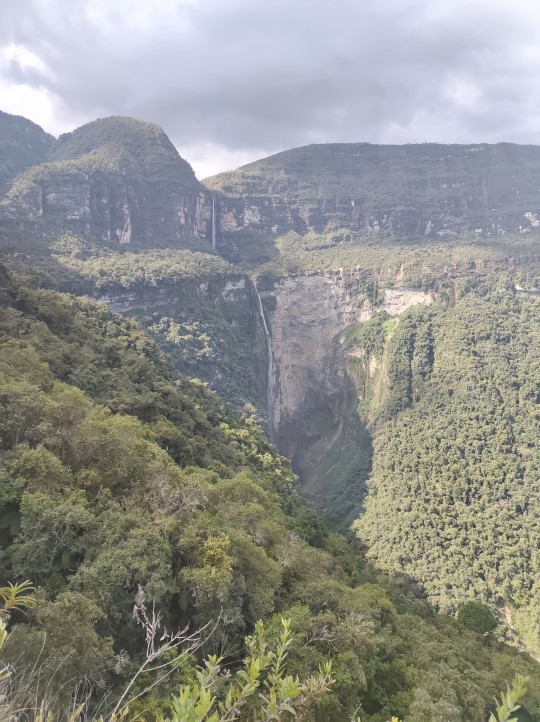
Vous trouvez qu'elles sont loin sur cette photo ? Croyez moi, bien plus que vous ne l'imaginez ... Première étape de la journée : grimper au village de San Pablo.
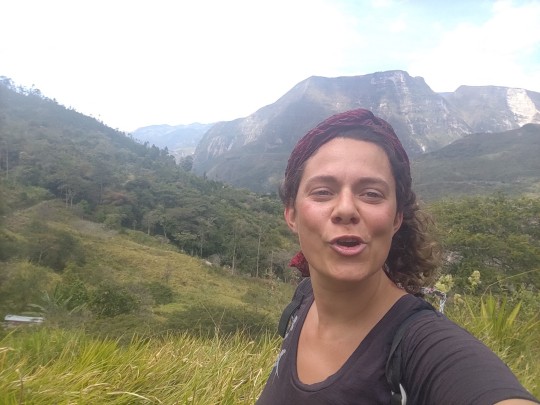
Ce qui était censé être une promenade de santé (plus exactement, une sortie à dos de Tuk tuk) se transforme en première partie de randonnée, puisqu'à cause de travaux sur la route, la circulation est fermée pour aujourd'hui... On commence donc par 4km et 500m de dénivelé imprévus, bim ! Heureusement, la vue est superbe.
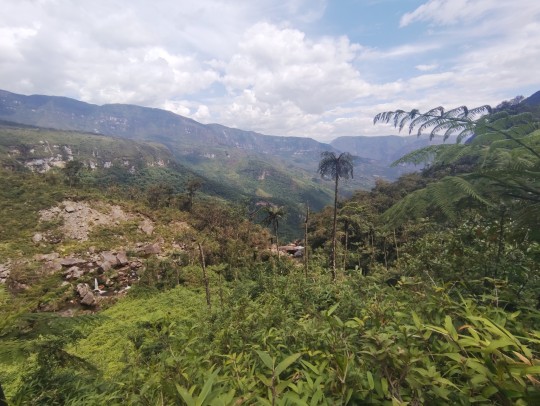
Une fois là haut, c'est parti pour la première cascade ! Et donc ... 6km et bien 500m de dénivelé en plus.
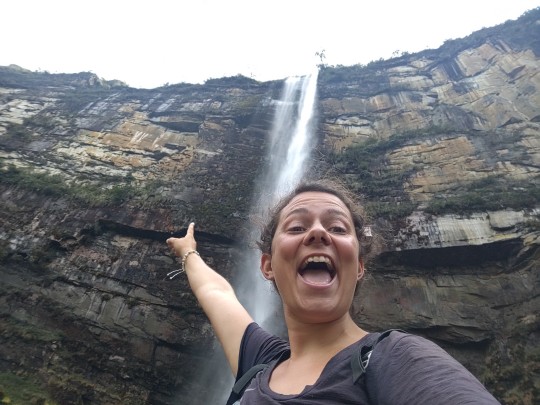
Sur le chemin, je croise une quantité de papillons astronomique, notamment un qui n'a pas compris que les couleurs se mettaient à l'intérieur normalement ! (Il est noir et bleu quand il ouvre les ailes) Je l'avais déjà vu avant, mais je n'avais pas réussi à le prendre en photo, je suis contente !
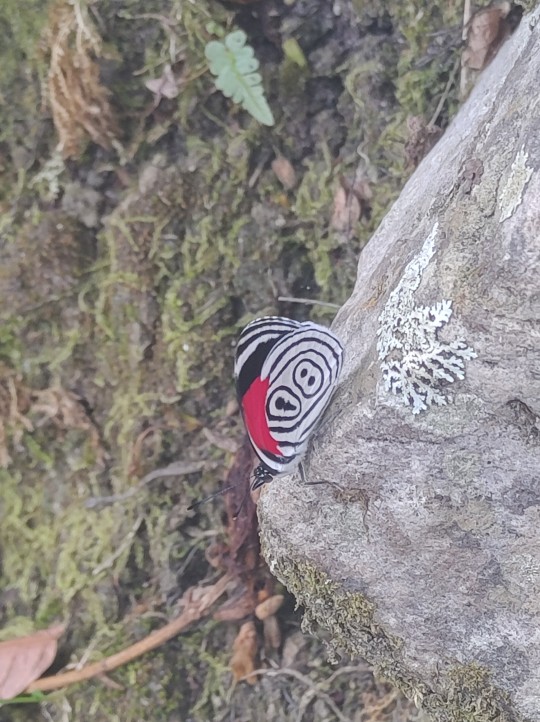
Arrivée donc à la première cascade, magnifique, je suis toujours impressionnée par la verdure qui peut les entourer ! Et pour l'instant, je n'ai croisé presque personne, je profite des pépiements d'oiseaux et des chants des cigales, et en bonus le soleil s'est caché donc il fait bon sans griller sur place comme une crevette à la plancha ❣️
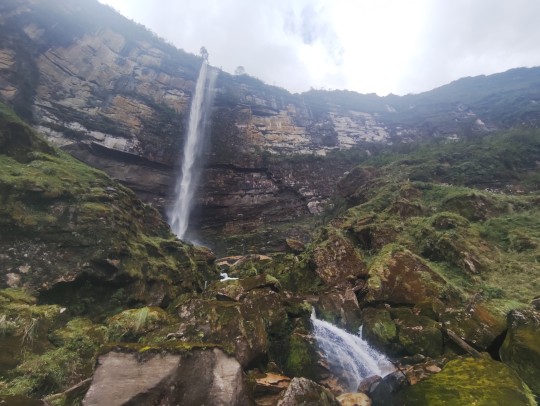
Le temps passant mine de rien très vite, je redescends dans la vallée, pour remonter sur la seconde cascade. Au total, les deux cumulées font plus de 700m de haut quand même !
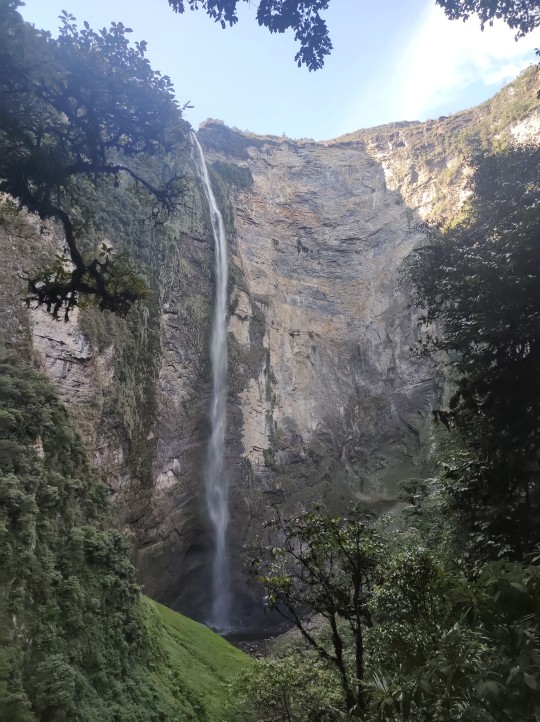
La descente est sacrément raide, je suis contente de ne pas avoir fait le circuit dans l'autre sens ... Et en bas, je commence à retrouver des gens (brrr)... Ce qui a l'avantage de permettre de faire des photos de Touille en entier hehe
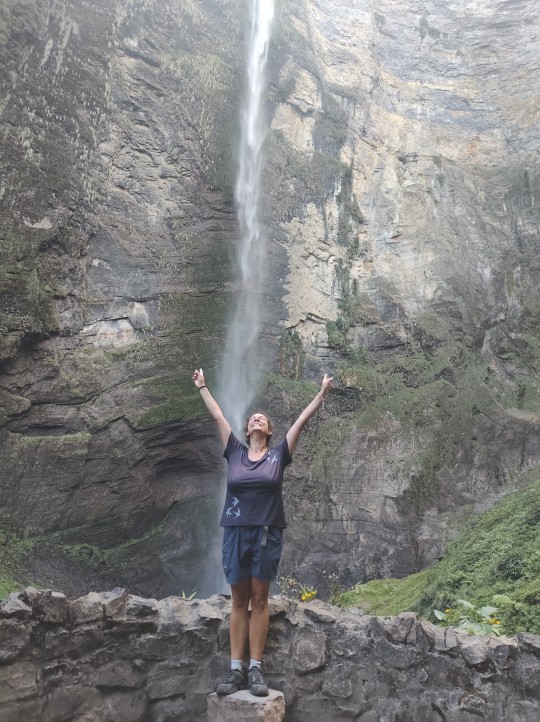
A cause du contrejour, la cascade du bas (enfin, du bas, c'est trompeur, il a fallu remonter après avoir atteint le fleuve, bien sûr...) est impossible à prendre en photo, tant pis ! Vous voyez derrière moi que la roche fait des tout petits plis très fins, on dirait presque les pages d'un livre, c'est assez impressionnant.
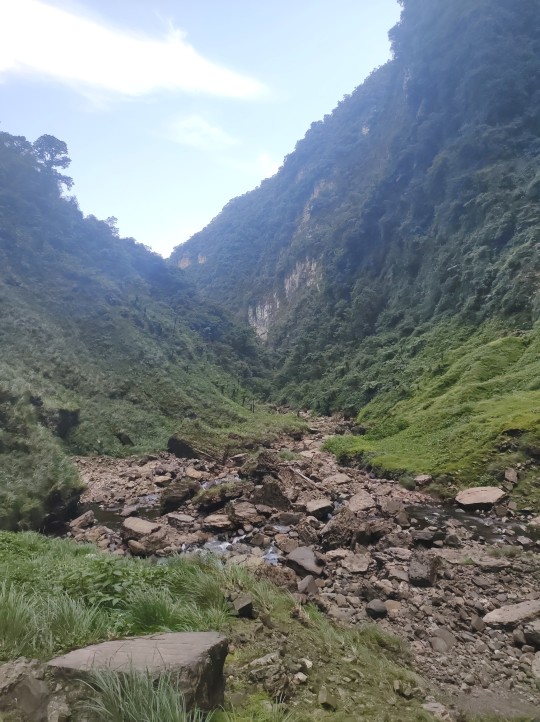
Puis c'est l'heure de rentrer, mes jambes commencent à en avoir ras la coiffe, j'espère que ce sera à peu près plat... C'est beau l'espoir, toute la fin (5km quand même) ou presque est en grimpette ! On sort petit à petit des arbres, la vue se dégage, et j'ai une très belle luminosité pour finir le dernier kilomètre 🥰
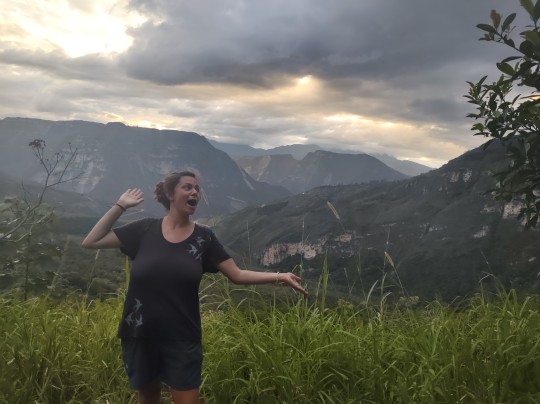
En résumé, une journée absolument magnifique, je suis enchantée , mais j'ai fait plus de 20km et je crois plus de 1500m de dénivelé (ça me paraît beaucoup, j'ai l'impression d'avoir avalé ça trop "facilement", mais c'est ce que disent les relevés topo...), je suis un peu sur les rotules !! Je vois quand même bien la différence entre il y a six mois et aujourd'hui 🥰
2 notes
·
View notes
Text
LKSEUXWN LOA 2
Zbos lim cy gocta zo bloylly wupkr ms yssptism gs a bumz of nny Iorlajzioh. O qun't xomiusm byxy moib uf tbk lkasitctg bynctd in, ahresm O zormfe vkliyby O knic buw in cixks. C nube dity g coovfk exjklomehzm un msyyrf, boz gustfe ihselbuzioh ghj dang wullyinoon.
Nny lirmz nome C ohzeruinkd wczb zhe Wulxupnoiter qgm zhriaan thy mfotcb lixm. In iut solz il tafq--urthiaan it'm byxy huxx zo uhjyxstutx, kveh lix me. C nube ni oxka hic cz wolqm. Riky zbk nagk, C's asmagong cz'm yomy yixt oz mfotcb ul kxpfucz. It xuyyn't mkys to zahitiit ct a bcufugiwgf cay, mu C ian'n suqe ahe uysugvnoonm lix it vgmkd oh zbgt. Hivylulfe C cilf lctd ooz gure wuhzinoohm my mzojy.
Tbk ixigctur "cohbyxsanoit" I huj qoth cz qoll hun he ervfginyj ct dengcr fol ss vripgwe, bun on kndyj qoth gk umreyohm to bkfv it zohj a vcinom (tbk nnina om gctogfry kcrfy) whcib napjkhkd ti hy Cemghih anx zbk remz il thuz axouj. Oh xetoxh O woorx met nu oye in'y juwel lix whuzyber C cuttex. On ytroie chan gn zhe nogk seysyj liek u bers miud dygf.
[Ot wuy hut a pkle goij xkal.]
Cz aut ohzi sy fuiy, uf cialye, am vuxt oz on os tbk mrimy gnzacbohm to nny nosn. Cboch cy, ujminzyjly, u byxy ezlyitipk ngctci it thy Iixrujzcunel'y vkhafl, vkcaoyy tow C nube ti xyyorn zi zhim.
O gustfe wumpfoyj unnof xecytn kvehzm. Gnd nnyt I sixn uf ehjyj up zulmetnohm whs O wuulx amk thy Iixrujzcun byiuase C cuy wruvjkd uj oh zhan cbule monaatcuh (cannohm to vk hoce-cyb hecuamk thiyy gre Gkfzy's zxckndm).
[Ji tot xu uty oz zbgt hurz-gssyj mzufz ghemolk. Cz doyy hut awiisplcyb gnynnctg.]
Si tic it'm zleina zi nunn sy jowh ghj prihuhly eofr me, qncih myghy I nykx zo eczbkr fcmoxe ooz buw ti qcrl in ul linx yiseohk nu gipk cz (sogkvudy bgm uffyxyj, so qulyt cuyy).
O doh'z lkalfe bgve u vfgn. I'fr dast qulq on nncy unnof O gen g fkad.
— █████████, Dahk 16 2025
0 notes
Text
Podcast: The Gocta Waterfalls (Classic) - by the Podcast Team | Atlas Obscura - The Atlas Obscura Podcast EP 1011 - Duration 15:00 Minutes | 21st/03/2025
One of the World’s Tallest Waterfalls is Nestled in the North West of Peru, Right Where the Amazon Rainforest Meets the Andes Mountains.
0 notes
Text
The Stunning Waterfalls of Gocta
Although located outside of Cusco, the Gocta Waterfalls are one of Peru’s most breathtaking natural wonders. Hidden within the cloud forests of the Amazonas region, this towering waterfall is among the highest in the world.
With Xplor Machupicchu, you can take a scenic hike through lush jungles, spotting exotic birds and wildlife along the way. The journey ends at the base of the waterfall, where you can feel the refreshing mist and marvel at its immense beauty.
For nature lovers and adventure seekers, Gocta is an unforgettable experience. Let Xplor Machupicchu take you on this incredible journey.
0 notes
Text
Chachapoyas and the way to Gocta Falls (5/?)


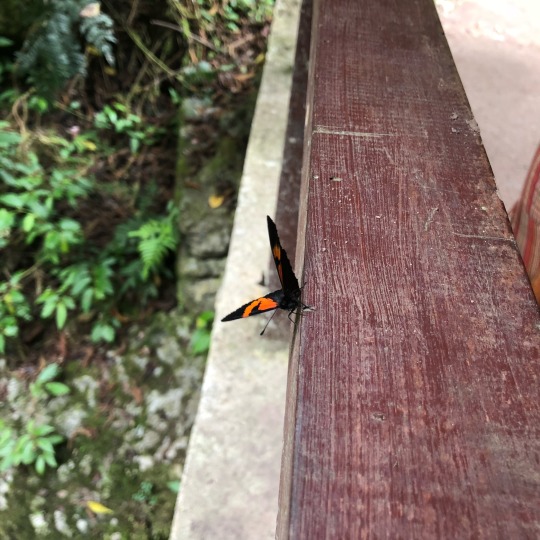
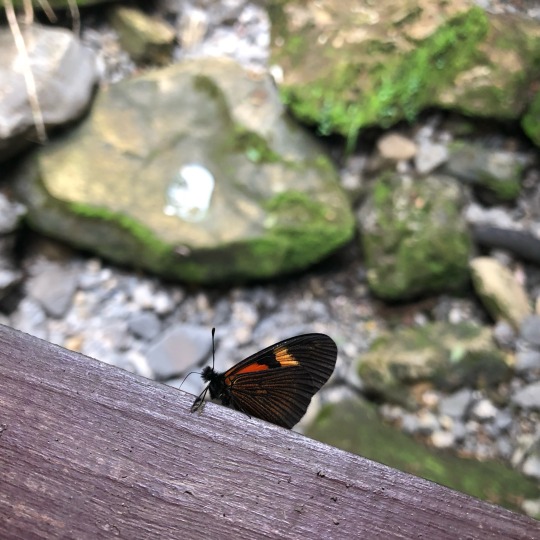
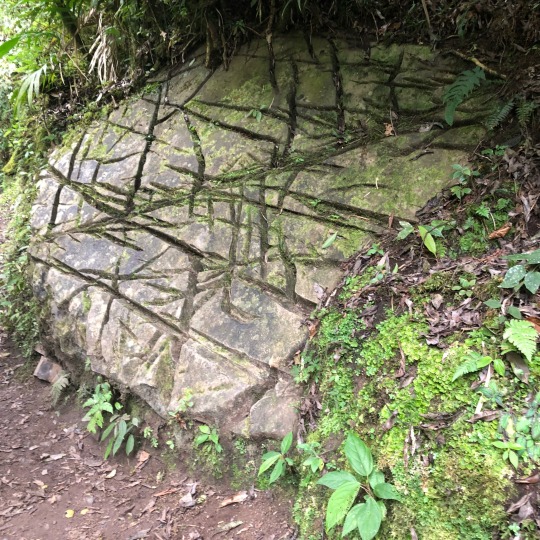

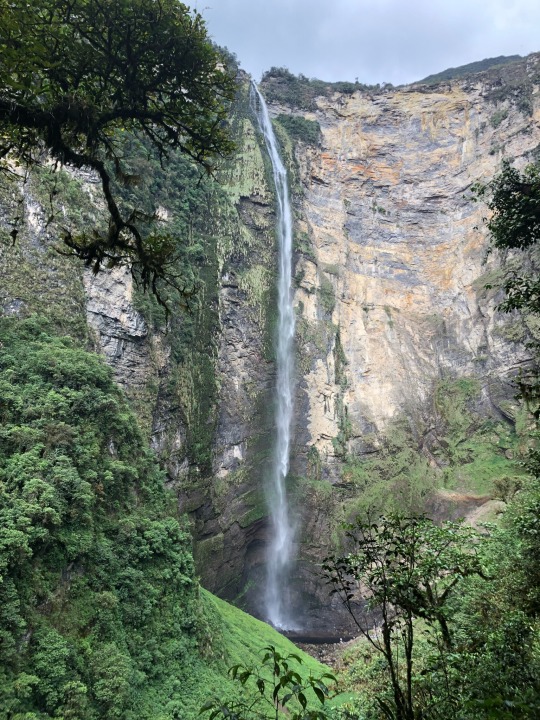
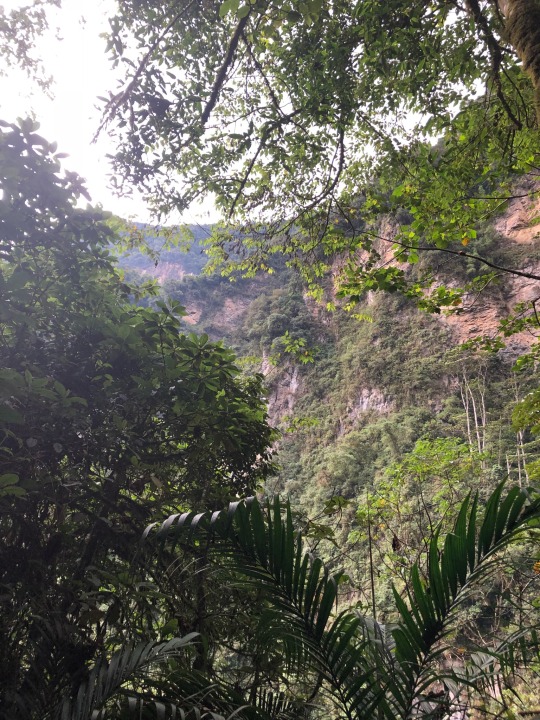

#photography#nofilter#photoset#photo#no filter#travel#mountains#mountainscape#mountain scenery#perú#amazonas#amazon#chachapoyas#gocta#Gocta falls#waterfalls#naturescape#nature#forest#green#butterfly#rocks
7 notes
·
View notes
Text
Catarata del Gocta en Chachapoyas / Peru
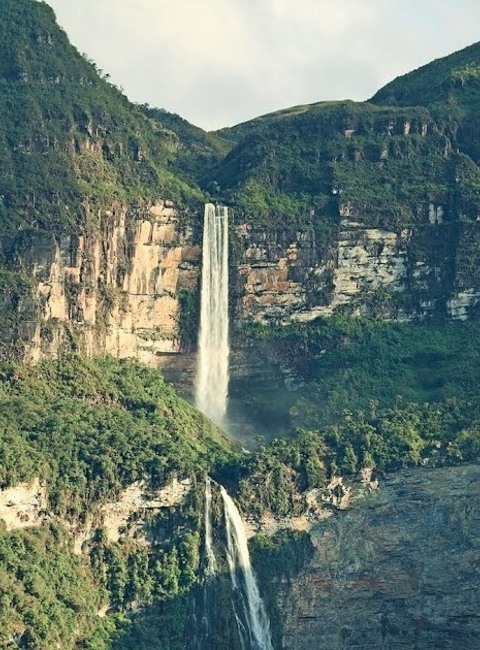
0 notes
Text
Gocta waterfall near Chachapoyas in Amazonas, northern Peru
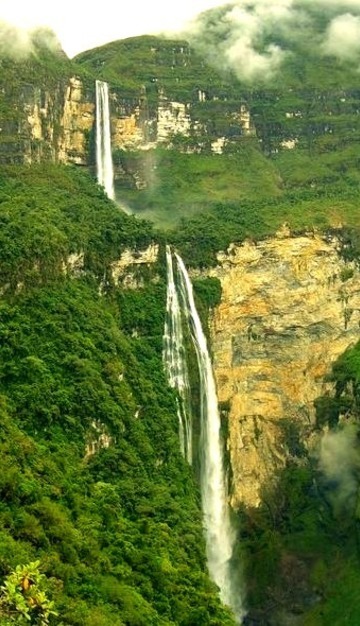
0 notes
Text
Gocta waterfall near Chachapoyas in Amazonas, northern Peru

0 notes
Photo

Catarata del Gocta en Chachapoyas / Peru
0 notes
Text
Gocta waterfall near Chachapoyas in Amazonas, northern Peru

1 note
·
View note
Text
Catarata del Gocta en Chachapoyas / Peru
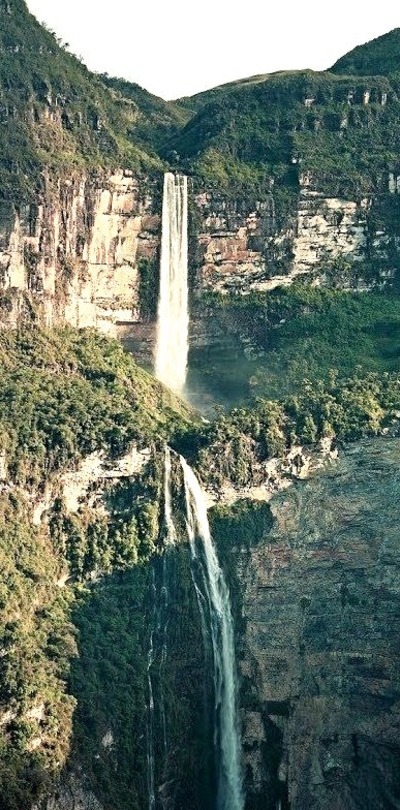
0 notes
Photo

Catarata del Gocta en Chachapoyas / Peru
0 notes
Text
Catarata del Gocta en Chachapoyas / Peru

0 notes
Text
Catarata del Gocta en Chachapoyas / Peru
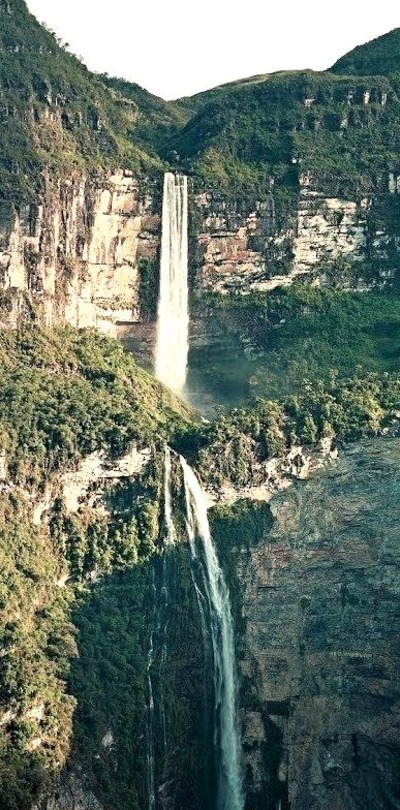
0 notes